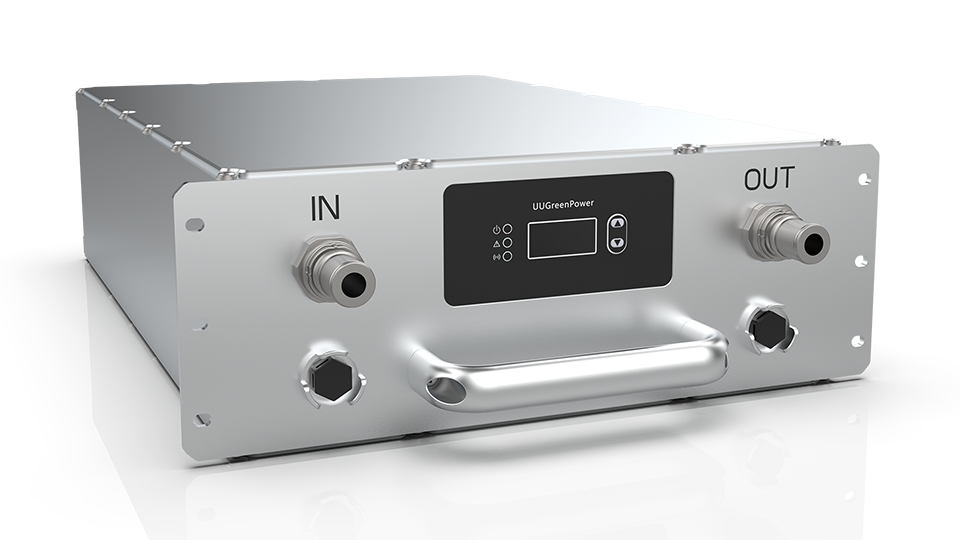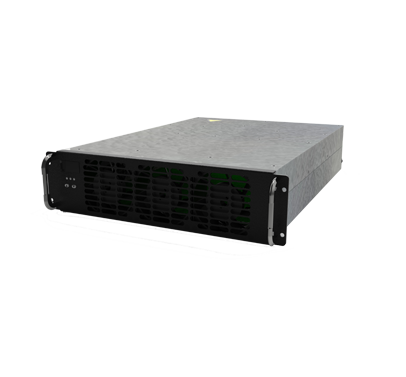According to recent studies, the global electric vehicle (EV) market is projected to reach a staggering $800 billion by 2027, underscoring the critical role of infrastructure such as dc fast charging modules in this transformation. As we navigate this burgeoning landscape, understanding the legal and regulatory attributes of these modules becomes paramount.
An Overview of DC Fast Charging Modules
The DC fast charging module serves as an essential component in facilitating rapid EV charging, allowing vehicles to recharge significantly faster than traditional AC chargers. From a legal perspective, these modules must adhere to various regulations that ensure safety, interoperability, and consumer protection. Notably, one key aspect involves Transparency and Disclosure Requirements; manufacturers are obligated to provide clear information regarding their products’ capabilities and limitations. This transparency not only fosters trust among consumers but also aligns with broader regulatory frameworks aimed at promoting sustainable energy solutions.
Understanding Control Modules for DC Charging Stations within Transparency and Disclosure Requirements
The control module for a DC charging station plays a pivotal role in managing power distribution while ensuring compliance with established standards. In terms of Transparency and Disclosure Requirements, it must deliver accurate data on operational efficiency, user accessibility features, and environmental impact metrics. These disclosures are crucial for stakeholders—including regulators—who seek assurance that installations meet both performance expectations and sustainability goals. Furthermore, adherence to these requirements can facilitate smoother integration into existing energy systems by providing necessary insights into usage patterns.
Find more about control module for dc charging station.
A Closer Look at UUGreenPower’s Compliance with Transparency and Disclosure Requirements
UUGreenPower exemplifies best practices in meeting Transparency and Disclosure Requirements through its commitment to open communication about product specifications related to its fast-charging technology. The company provides comprehensive documentation detailing energy consumption rates alongside potential emissions reductions associated with using their systems compared to conventional fossil fuel alternatives. By prioritizing transparency in its operations—such as publishing regular reports on system performance—UUGreenPower not only complies with regulatory demands but also enhances stakeholder engagement across various sectors.
Conclusion

In summary, the legal framework surrounding DC fast charging modules emphasizes stringent adherence to Transparency and Disclosure Requirements that govern their operation within the evolving EV ecosystem. Through effective management of control modules like those found in UUGreenPower’s offerings—and consistent reporting practices—the industry can foster greater accountability while advancing toward more sustainable transportation solutions.
